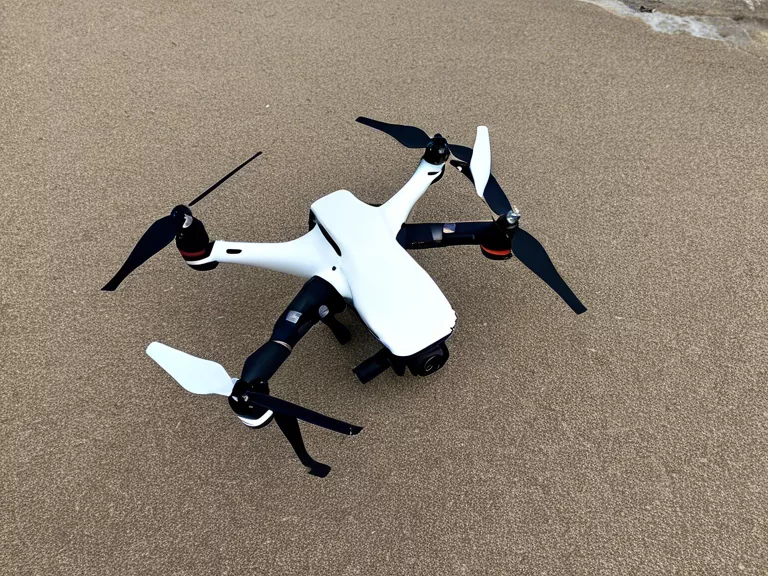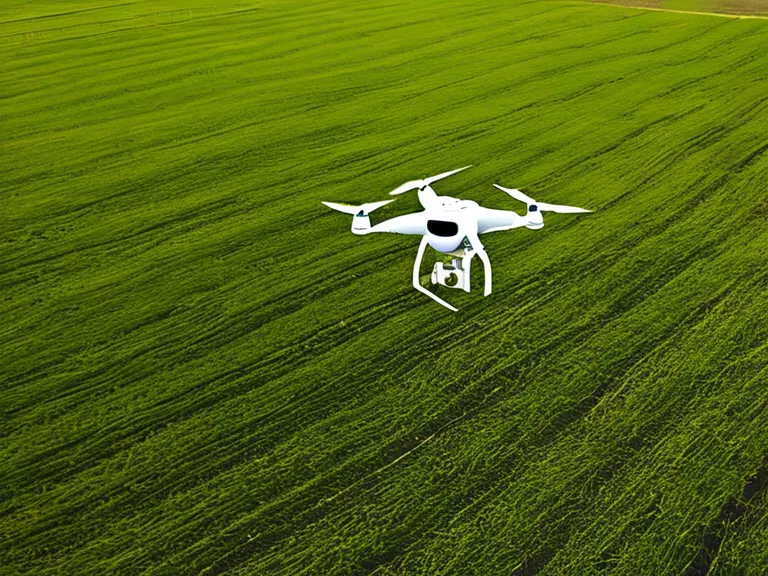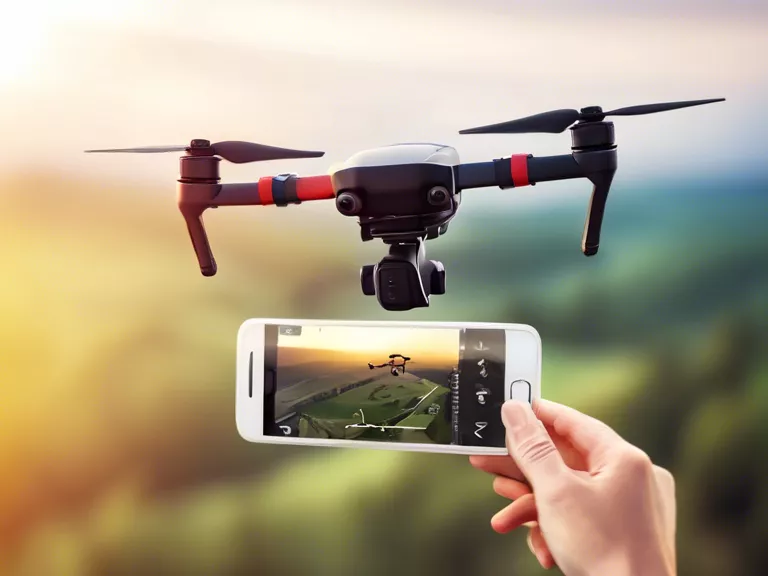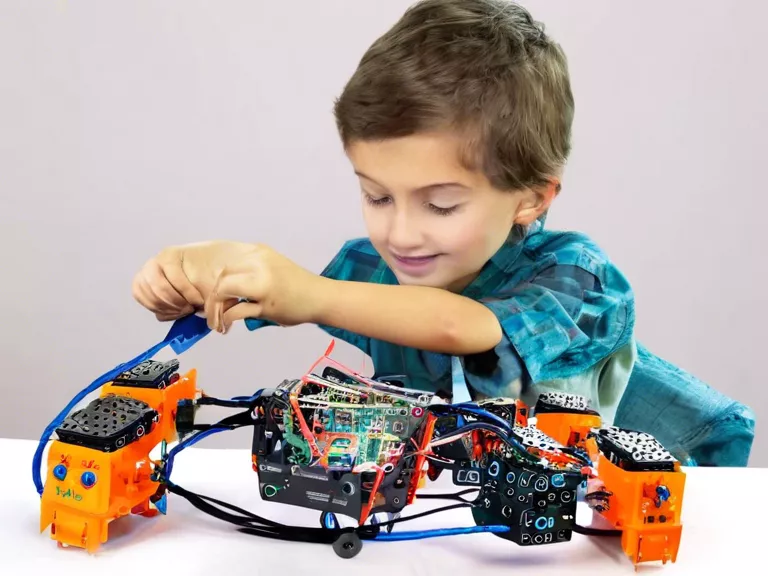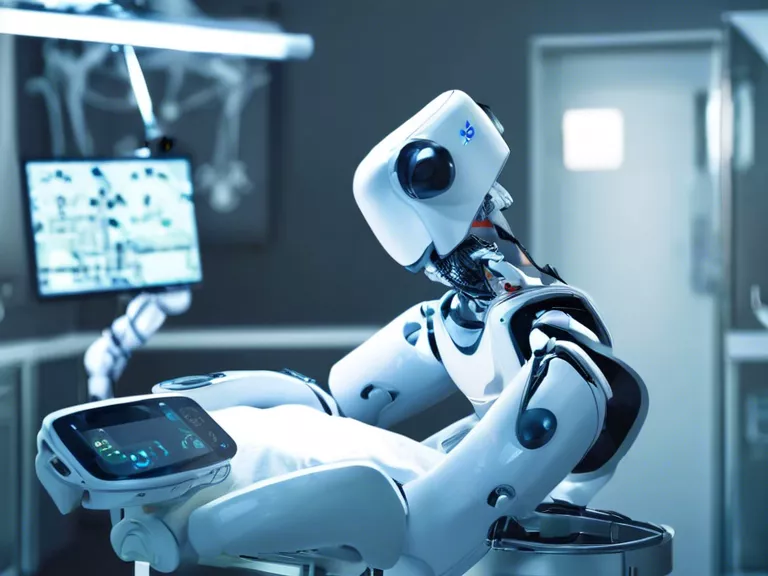
How robotics innovations are changing the future of medical surgeries
With the continuous advancements in technology, robotics has been playing an increasingly important role in revolutionizing the field of medical surgeries. These innovations are not only enhancing the precision and accuracy of procedures but also improving patient outcomes and recovery times. From minimally invasive surgeries to complex procedures, robotics are reshaping the future of medical interventions.
One of the key benefits of robotics in surgery is the ability to perform minimally invasive procedures with greater precision. With the use of robotic arms controlled by surgeons, delicate operations can be carried out with improved accuracy and reduced risk of complications. This leads to smaller incisions, less pain, and faster recovery times for patients. Additionally, robotics allow for better visualization of the surgical site, providing surgeons with a more detailed view for optimal decision-making during procedures.
Robotics innovations in surgery also allow for enhanced dexterity and range of motion. Robotic systems can perform tasks with more flexibility and precision than the human hand, making it possible to reach areas that may be difficult to access during traditional surgeries. This level of precision can be especially beneficial in procedures involving sensitive structures or intricate manipulations.
Moreover, robotics in surgery are paving the way for teleoperated procedures, where surgeons can perform operations from a remote location. This is particularly valuable for rural or underserved areas where access to specialized surgical care may be limited. Teleoperated surgeries also open up opportunities for collaboration between experts across the globe, leading to improved patient outcomes through shared knowledge and expertise.
In conclusion, robotics innovations are changing the landscape of medical surgeries by improving precision, dexterity, and access to care. As technology continues to evolve, we can expect to see even more advancements in robotic-assisted procedures, ultimately leading to better outcomes for patients worldwide.
